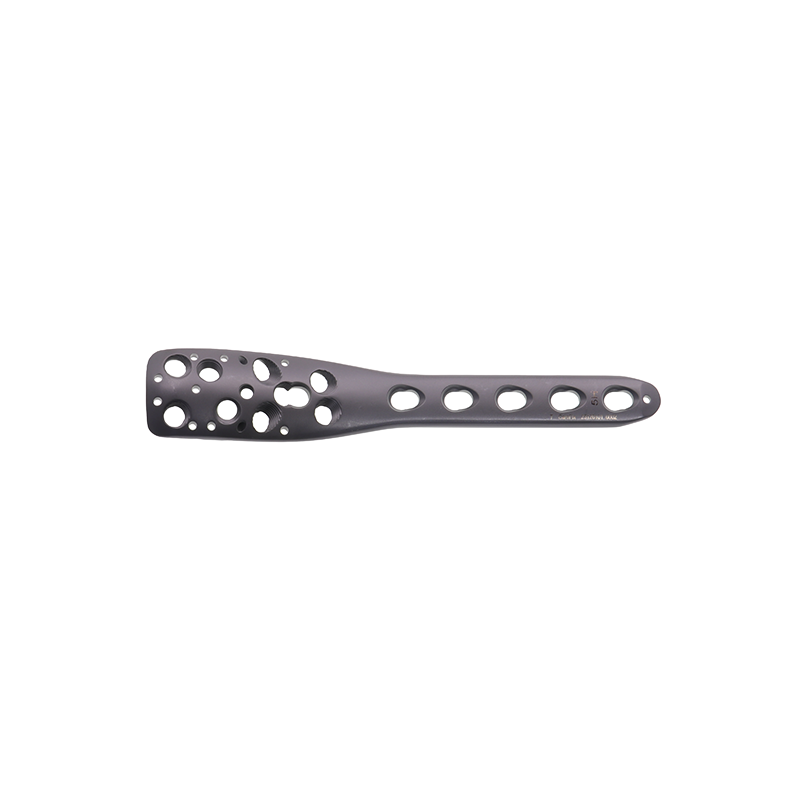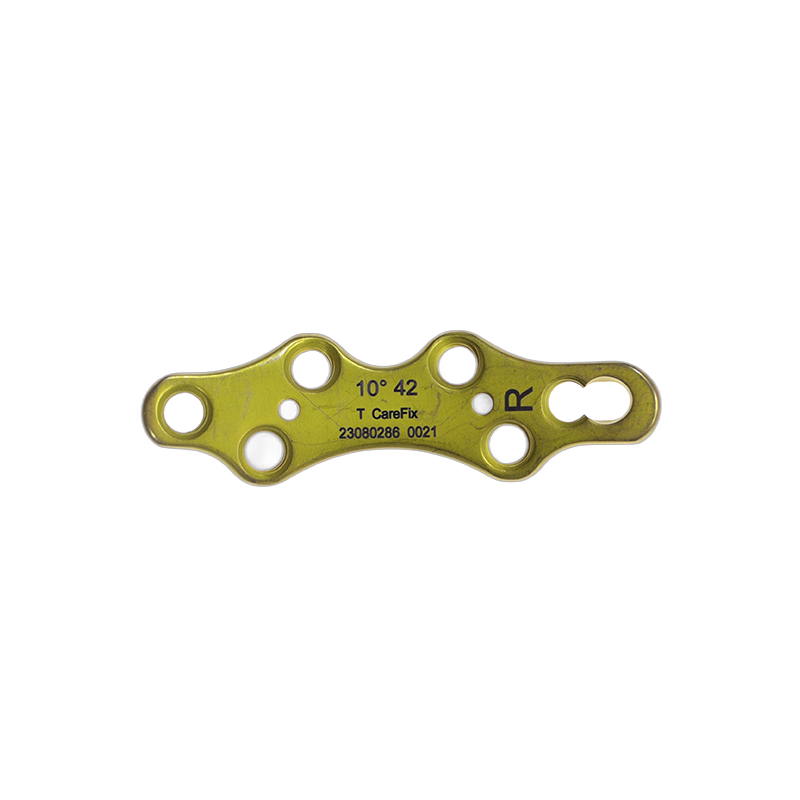titanium locking plate
The titanium locking plate represents a significant advancement in orthopedic hardware, combining superior strength with exceptional biocompatibility. This innovative medical device is specifically designed for internal fixation of fractures, providing stable support during bone healing processes. The plate is manufactured from medical-grade titanium alloy, which offers an optimal balance of durability and lightweight properties. Its distinctive locking mechanism features threaded holes that accept specially designed screws, creating a unified construct that enhances stability and reduces the risk of screw loosening. The plate's design incorporates anatomically contoured surfaces and precisely engineered screw trajectories, ensuring optimal fit and function across various anatomical locations. Advanced surface treatment technologies are applied to enhance osseointegration and reduce the risk of infection. The titanium locking plate system comes in various sizes and configurations, accommodating different fracture patterns and anatomical requirements. This versatility makes it suitable for both simple and complex fracture fixation procedures, particularly in weight-bearing areas where mechanical stability is crucial.


